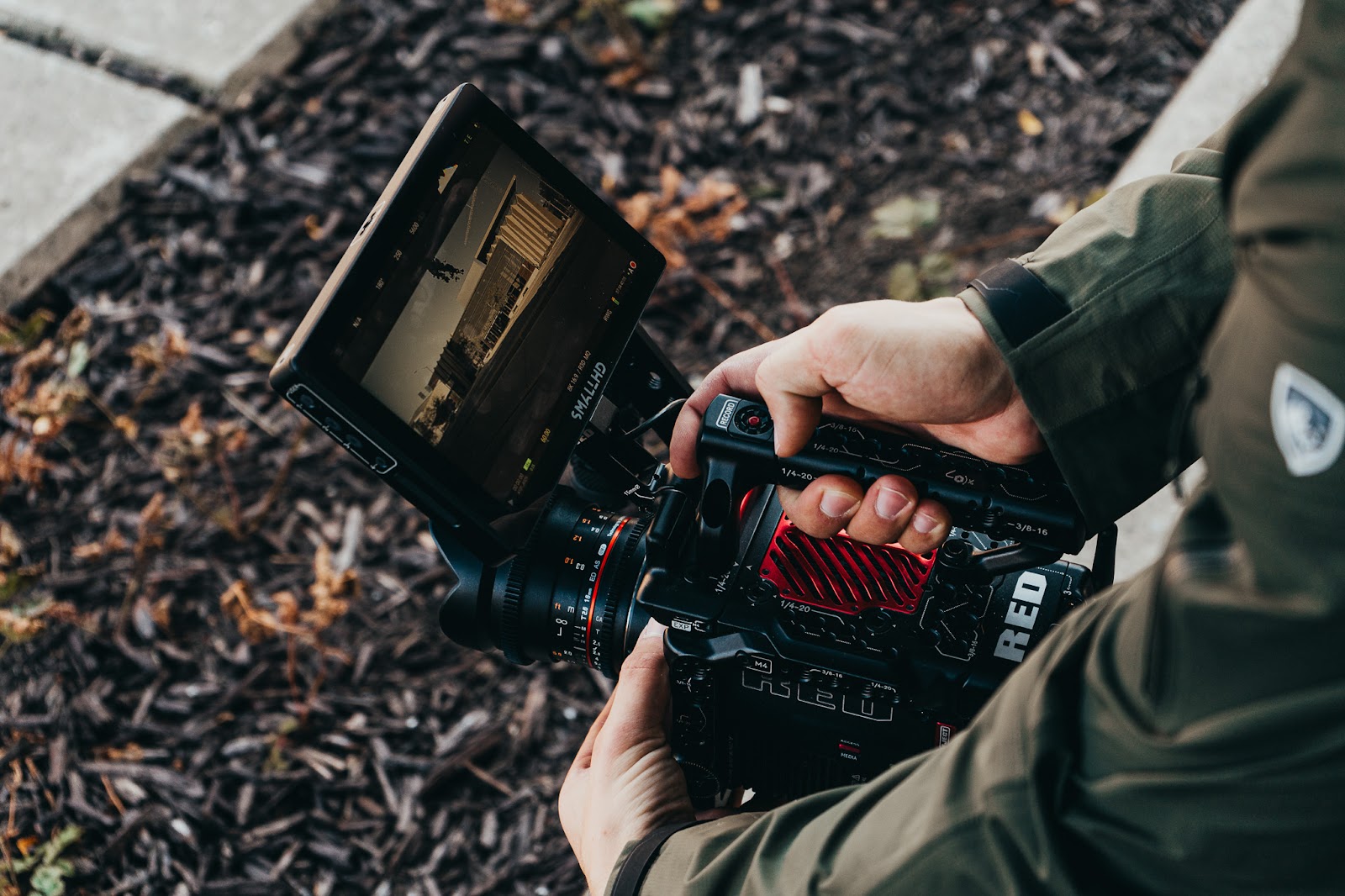How to Use Video Content for Brand Awareness
In today’s digital landscape, digital video content is one of the most powerful tools businesses can use to enhance brand awareness. With the rise of social media and video-sharing platforms like Instagram, YouTube, and TikTok, companies have unprecedented opportunities to engage with their audience, showcase their brand identity, and build lasting relationships with customers. In this guide, we will explore the importance of video content for brand awareness and provide actionable strategies for leveraging video marketing effectively.
Understanding Video Marketing
Video marketing is a powerful tool that can help businesses reach their target audience and achieve their marketing goals. It involves creating and sharing videos that promote a product, service, or brand, and can be used across various digital channels, including social media platforms, websites, and email marketing campaigns. Video marketing can help businesses build brand awareness, drive traffic to their website, and increase conversions.
Incorporating video content into your marketing strategy allows you to engage with your audience in a dynamic and visually appealing way. Videos can convey complex information quickly and effectively, making them an ideal medium for capturing attention and driving engagement. Whether it’s through explainer videos, product demos, or customer testimonials, video marketing offers endless possibilities to showcase your brand and connect with your audience.
Setting Goals and Defining Your Audience

Before diving into video creation, it’s essential to set clear goals and define your target audience. Your goals should be specific, measurable, achievable, relevant, and time-bound (SMART), ensuring they align with your overall marketing strategy. Are you aiming to increase brand awareness, drive website traffic, or boost conversions? Defining these objectives will guide your video marketing efforts and help measure success.
Understanding your target audience is equally crucial. Identify your audience based on demographics, interests, and behaviors. Segmenting your audience allows you to tailor your video content to resonate with different groups, ensuring a more personalized and impactful approach. By knowing who you’re speaking to, you can create videos that address their needs, preferences, and pain points, ultimately fostering a stronger connection with your brand.
Crafting Your Brand’s Story
Your brand’s story is the cornerstone of your video marketing strategy. It should be authentic, engaging, and consistent across all your video content. Start by defining your mission, values, and unique selling proposition (USP). What makes your brand stand out? What do you want your audience to remember about you?
Communicate your brand story through a clear and concise narrative. Use visual elements like graphics, animations, and music to enhance the storytelling experience and make it more memorable. Whether it’s a behind-the-scenes look at your company, a customer success story, or a brand video that highlights your journey, ensure that your story resonates with your audience and reflects your brand’s identity.
The Impact of Video Content for Brand Awareness
Video content captures attention more effectively than other forms of media. Digital video is becoming increasingly significant in capturing audience attention and enhancing brand visibility. People are more likely to watch and engage with a video than read a long article or scan through static images. Videos allow businesses to communicate their brand’s story, values, and personality in a compelling and memorable way. This heightened engagement leads to increased recognition and trust among potential customers.
To maximize the effectiveness of video content, businesses should focus on creating high-quality, engaging videos that align with their brand identity. Consistent use of colors, logos, and messaging helps reinforce brand recognition. Additionally, using storytelling techniques can evoke emotions and build stronger connections with the audience, making the brand more relatable and memorable.
Brand Marketing with Video: Building a Stronger Connection
Brand marketing with video goes beyond simply promoting products or services. It involves crafting content that resonates with viewers on a deeper level. Companies can achieve this by showcasing their values, mission, and the people behind the brand. Behind-the-scenes videos, customer testimonial videos, and brand storytelling videos are all excellent ways to humanize a brand and establish credibility.
Live videos have also become a popular way to connect with audiences in real time. Hosting Q&A sessions, product demonstrations, or live event coverage fosters direct interaction and strengthens customer engagement. Interactive video content helps brands stand out in a crowded market, creating a sense of authenticity and transparency that customers appreciate.
Video Marketing Strategy for Businesses
A successful video marketing strategy starts with a clear objective and a well-planned video strategy. Businesses should define their goals, whether it’s increasing brand awareness, boosting engagement, or driving conversions. Once the objectives are set, it’s essential to identify the target audience. Understanding the preferences and behaviors of the audience allows brands to create content that resonates with them.
A well-structured video marketing campaign that includes clear calls to action and audience targeting is crucial. Different platforms cater to different types of video content. YouTube is ideal for long-form content, while Instagram and TikTok are perfect for short, engaging clips. LinkedIn works well for professional and educational videos. Businesses should tailor their video content to each platform to maximize reach and engagement.
SEO optimization is another crucial aspect of video marketing strategy. Using relevant keywords in video titles, descriptions, and tags helps improve search rankings and ensures that content reaches the right audience. Captions and transcripts make videos accessible to a wider audience while also contributing to SEO efforts.
Increase Brand Visibility with Video: Effective Distribution Tactics
Creating great video content is only half the battle; effective distribution is key to increasing brand visibility. Social media platforms offer a powerful way to reach a broad audience. Posting videos on Facebook, Instagram, LinkedIn, and Twitter helps brands connect with their followers and encourage shares and engagement.
Video marketing campaigns can be initiated and measured for effectiveness using platforms like Amazon Ads. These platforms offer various solutions for creating campaigns and evaluating performance based on specific goals, such as brand awareness or conversions.
Embedding videos on a company website and blog enhances SEO and keeps visitors on the site longer. Email marketing campaigns that include video content often see higher open and click-through rates. Collaborating with influencers or industry experts to create branded video content can also expand a brand’s reach to new audiences.
Paid video advertising is another way to boost visibility. Running targeted video ads on YouTube, Facebook, and Instagram allows brands to reach specific demographics and increase brand awareness among potential customers.
How to Use Video for Branding: Best Practices
For video content to be effective in branding, consistency is key, especially when creating brand videos. Brands should maintain a consistent style, tone, and messaging across all videos. This helps reinforce brand identity and makes the content instantly recognizable to viewers.
Selecting the right video style is crucial to match the tone and messaging of the video, ensuring it aligns with the marketing goals and engages the audience effectively.
Quality matters when it comes to video production. Investing in good lighting, sound, and editing ensures a professional appearance that reflects positively on the brand. However, authenticity is just as important. Even lower-budget videos can perform well if they tell a compelling story and connect with the audience.
Engagement is a two-way street. Encouraging viewers to like, comment, and share videos increases their reach and impact. Including clear calls-to-action (CTAs) guides viewers toward the next step, whether it’s visiting a website, following on social media, or subscribing to a channel.
Measuring Success and Optimizing
Measuring the success of your video marketing strategy is crucial for continuous improvement. Track key metrics such as view count, engagement, click-through rate, and conversion rate. These insights will help you understand what’s working and what needs adjustment.
Utilize analytics tools to monitor your video performance and identify areas for improvement. Are viewers dropping off at a certain point? Is one type of video performing better than others? Use this data to refine your video marketing strategy, ensuring it remains effective in achieving your goals. By continuously measuring and optimizing, you can enhance your video content’s impact and drive better results for your brand.
By following these strategies, businesses can leverage video marketing to increase brand awareness, engage their audience, and achieve their marketing objectives. Start creating videos that tell your brand’s story and watch your brand recognition soar.
Conclusion
Video content is an invaluable asset for increasing brand awareness. By incorporating video marketing strategies that focus on storytelling, audience engagement, and effective distribution, businesses can build a strong and recognizable brand. Whether through social media, SEO, or paid advertising, leveraging video content can elevate a brand’s visibility and create lasting connections with customers. Start using video to showcase your brand today and watch your audience grow.




